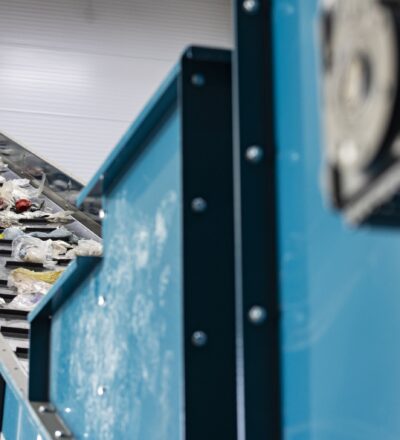What are the design challenges in making plastic packaging more recyclable? What steps need to be taken to develop better defined sorting streams? Read more about the third conference day of the Circular Plastics Conference 2021 that highlighted innovative technologies in the field of design for recycling and sorting and characterization.
Once again key players in the field of circular plastics took the stage in two inspiring sessions: Graham Houlder, Project Coordinator & Managing Director at CEFLEX, on the impact of design for recycling, and Martine Brandsma, director of the National Test Centre for Circular Plastics (NTCP) in the Netherlands, about the developments in sorting and characterization. Afterwards participants joined encouraging discussions in virtual meeting rooms.
Impact for each value chain part
Moderator Graham Houlder (CEFLEX) opened the session Design for Recycling by leading the audience through the design challenges in making plastic packaging more recyclable. The importance to start with the end markets in mind was articulated, as this will determine what kind of collection, sort and recycling process needs to be designed.
The first presenter was Clemens Pues from PreZero, a key player in European waste management. Pues explained what the mechanical process – where packaging materials go through – looks like in today’s modern collection, sorting and recycling facilities. He emphasized that with better design for recycling the amount of recycled materials could be increased by 20%.
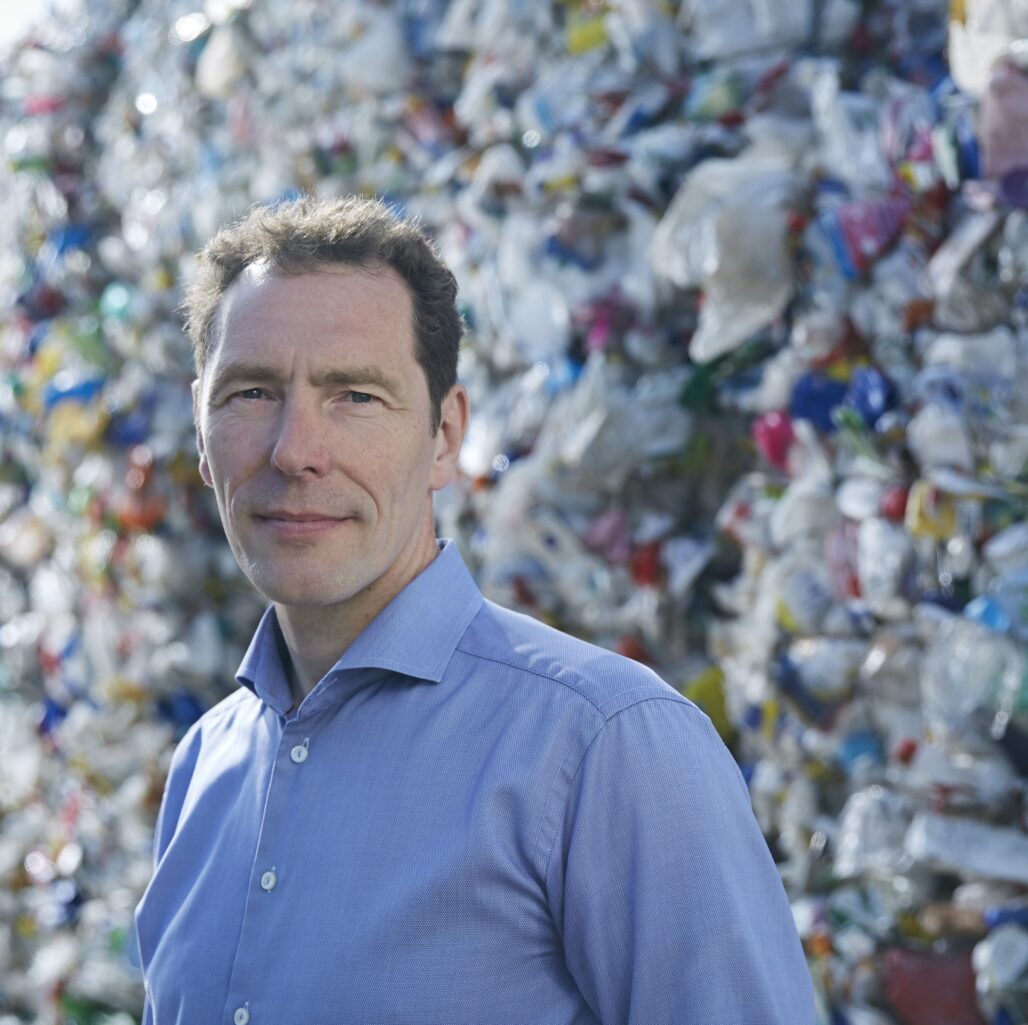
Clemens Pues
PreZero
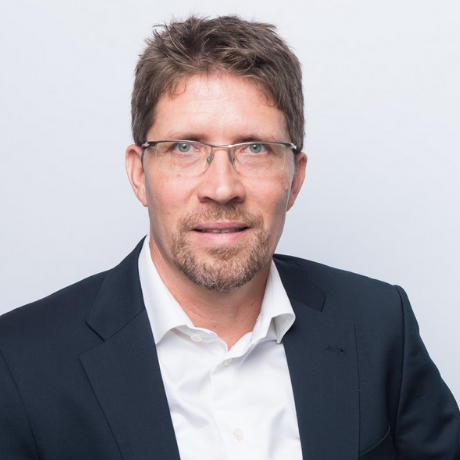
Gerald Rebitzer
Amcor

Toon van Harmelen
TNO
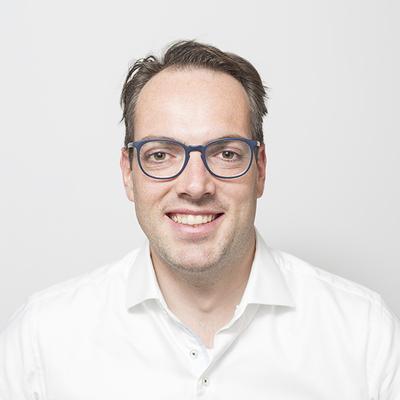
Thor Tummers
Unilever
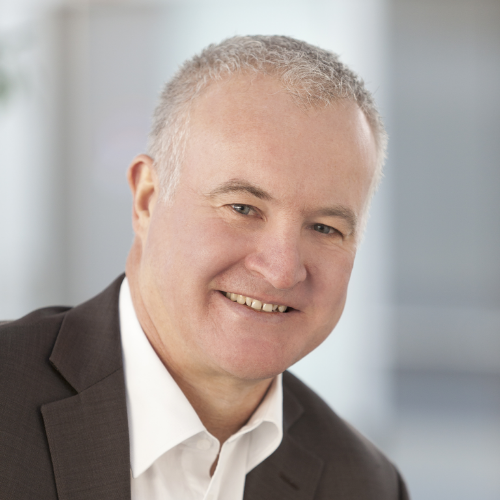
Graham Houlder
CEFLEX
However, to realize the changes needed for brand owners to deliver on their stretching voluntary commitments, collaboration with the whole value chain is essential, argued Thor Tummers (Unilever). Unilever’s goal, to reduce their virgin plastic packaging by 50% by 2025 and use recycled content instead, is fully focused on collaboration. And collaboration is key, which was also illustrated by Gerald Rebitzer from Amcor, Europe’s largest converter of flexible packaging. He showed that guidelines – such as the CEFLEX D4ACE – are critical in realizing a common understanding on issues such as the importance of mono-material flexible packaging to increase recycling, and how they drive innovations.
Toon van Harmelen (TNO) concluded the session and presented on the environmental impact and how the various design elements impact the life cycle assessment (LCA). A lively panel discussion followed on why currently not more materials are being recycled, and, among others, the possibility of a rPP film.
Developments in Sorting and Characterization

Martine Brandsma
NTCP
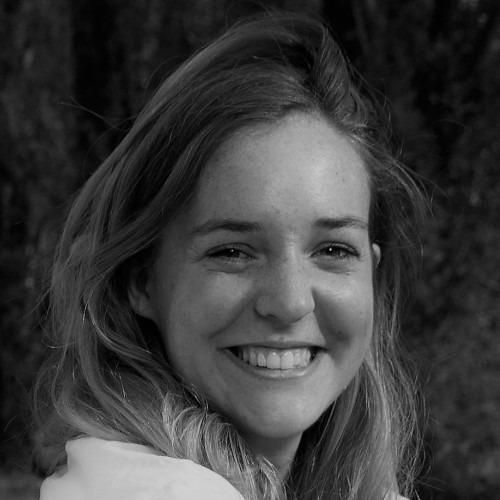
Marjorie Darcet
Lixo
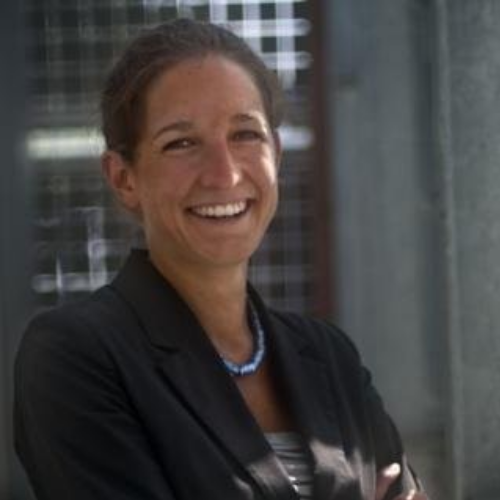
Lucy van Keulen
Umincorp
This session, led by Martine Brandsma (NTCP), elaborated on new developments in sorting and characterization. It was kicked off with an introduction of the current status of sorting and characterization lines for plastics by Martin Bender from HTP Engineering and the need for more advanced technologies by Dr. Ulphard Thoden van Velzen (Wageningen University & Research). This was followed by three impressive technology pitches:
- Gian de Belder (Procter&Gamble) presented the watermarking project HolyGrail 2.0, which uses digital watermarks for smart packaging recycling in the EU.
- Lucy van Keulen (Umincorp) provided insight into the Magnetic Density Separation technology. This particular technology uses ferromagnetic fluid and engineered magnets to recover post-consumer mixed plastics at higher yields and polymer purities than existing sorting technologies.
- Marjorie Darcet (Lixo) introduced Lixo’s AI supported data platform for waste characterization. Their algorithms analyzes waste flows in real time. As a result, Lixo addresses the waste characterization needs of all players along the value chain.

Martin Bender
HTP Engineering
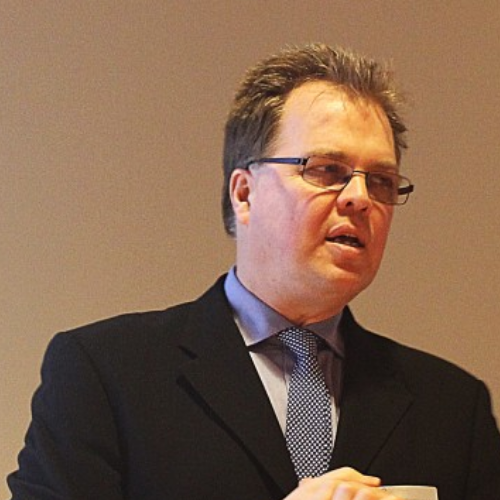
Ulphard Thoden van Velzen
Wageningen University & Research
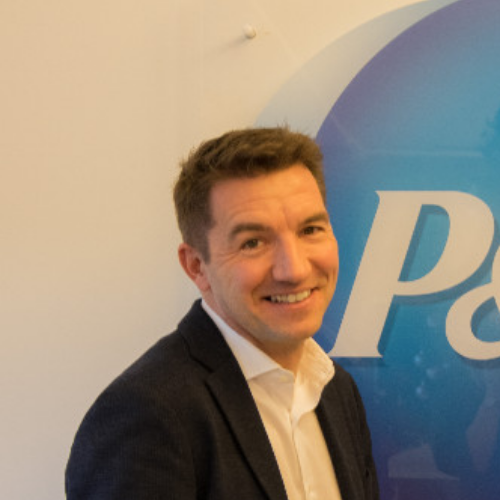
Gian de Belder
Proctor&Gamble
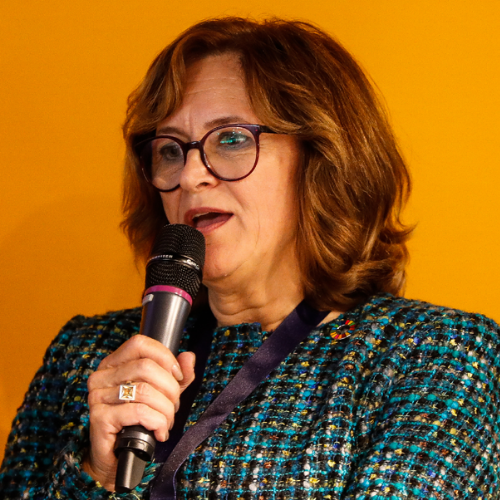
Dana Mosora
CEFLEX
A panel discussion provided the opportunity to ask questions to the presenters, but also to discuss the next steps of improving the sorting and characterization process. The 60+ participants eagerly contributed to the discussion. The consensus was clear: new characterization techniques, new data tools and the development of radical new processes are complementary and must be combined to create more, faster and more reliable data moving towards higher recycling percentages. This will result in better defined sorting streams, which can be used in better tailored recycling processes.
The session was concluded by Dana Mosora from CEFLEX, addressing the relevance of working from an end market perspective. She also pointed out the need of all parties working together in the whole value chain and Mosora provided feedback on how this is done within CEFLEX.
Don’t miss out: upcoming sessions and networking at the Circular Plastics Conference 2021
The next conference day takes place on April 8. Join us for the session Mechanical recycling (including dissolution): food grade focus ahead organized by Jaap den Doelder (TU Eindhoven) or Developing sustainable EPR systems for tomorrow: minimum criteria for circularity organized by Graham Houlder (CEFLEX).
